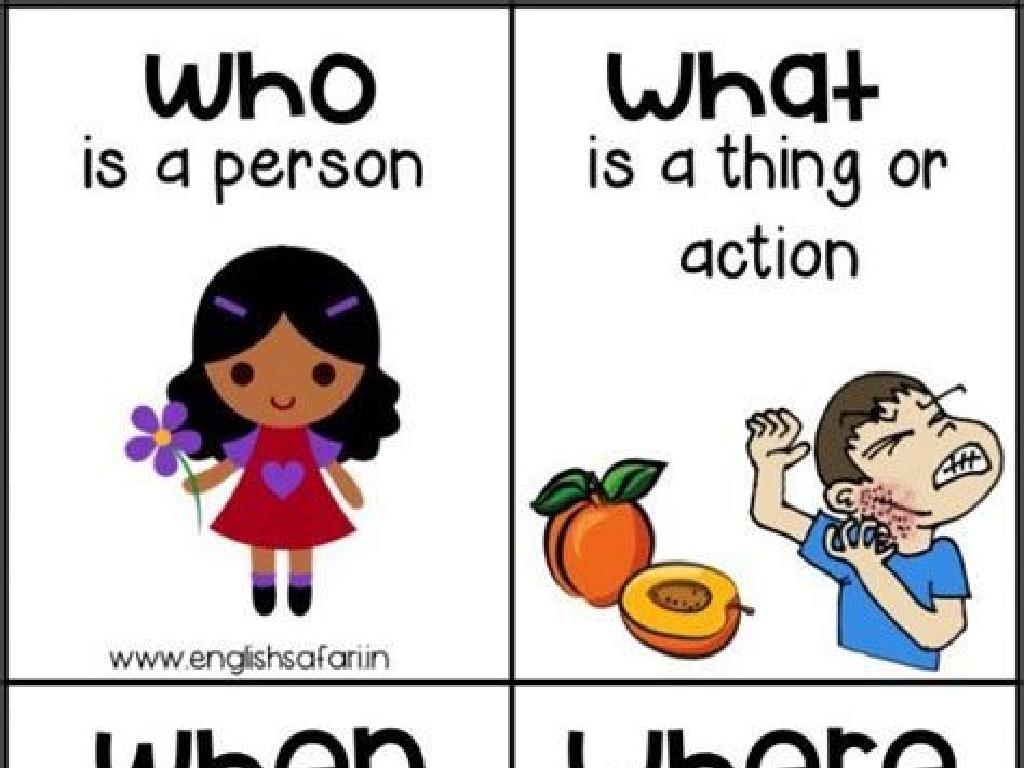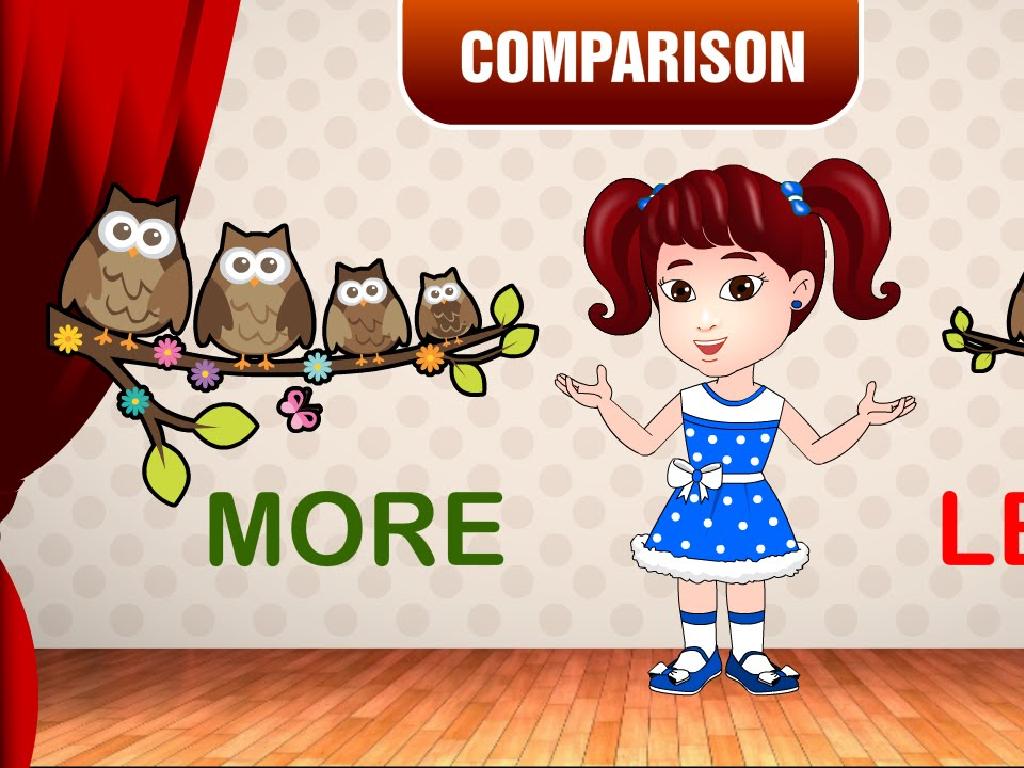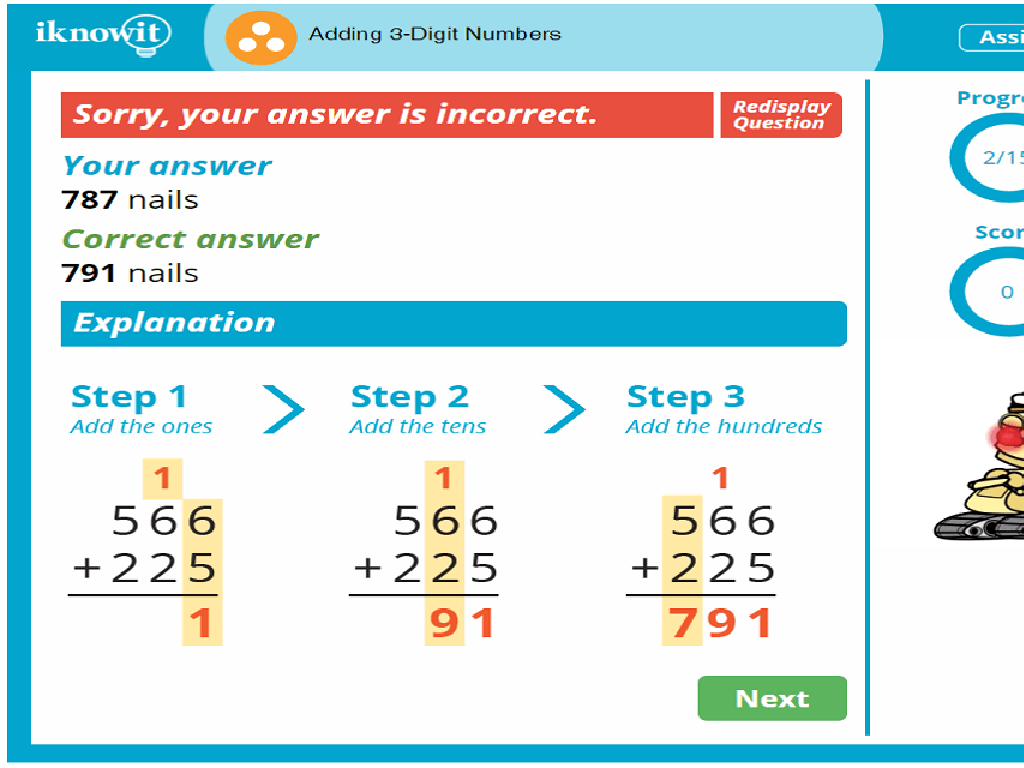Identify Plagiarism
Subject: Language arts
Grade: Seventh grade
Topic: Research Skills
Please LOG IN to download the presentation. Access is available to registered users only.
View More Content
Understanding Plagiarism in Research
– Importance of research
– Defining plagiarism
– Copying someone’s work without credit
– Consequences of plagiarism
– Can lead to loss of trust, legal issues, and academic penalties
– Using your own words
– Shows original thinking and understanding
|
This slide introduces the concept of plagiarism within the context of research skills. Start by discussing the role of research in academic success and knowledge building. Define plagiarism as the act of using someone else’s work without giving proper credit, which is both unethical and illegal. Emphasize the serious consequences of plagiarism, including damage to one’s reputation, academic sanctions, and potential legal action. Highlight the importance of using one’s own words to demonstrate comprehension and original thought. Encourage students to practice paraphrasing and proper citation to avoid plagiarism. Provide examples of what constitutes plagiarism and how to avoid it. The goal is to instill an understanding of academic integrity in the students.
Understanding Plagiarism
– Define plagiarism
– Using someone else’s work as your own without credit
– Explore types of plagiarism
– From copy-paste to paraphrasing without credit
– Real-life plagiarism examples
– Copying homework, music, or online articles
– Consequences of plagiarism
– Grades can suffer, and it can lead to legal issues
|
This slide aims to introduce students to the concept of plagiarism and its implications. Begin with a clear definition of plagiarism, emphasizing the importance of crediting original authors for their work. Discuss the various forms plagiarism can take, from verbatim copying to the more subtle use of someone else’s ideas without proper attribution. Provide relatable examples that students might encounter, such as copying a friend’s homework or downloading music illegally. Highlight the potential consequences they may face, from failing an assignment to more serious academic and legal repercussions. Encourage students to always seek guidance on how to properly cite sources.
Consequences of Plagiarism
– Academic repercussions
– Failing grades, suspension, or expulsion from school
– Legal and ethical consequences
– Legal suits, fines, and damage to reputation
– Real-life plagiarism outcomes
– Cases where plagiarism led to career setbacks
– Understanding plagiarism impact
|
This slide aims to educate students on the serious consequences of plagiarism. Academically, it can lead to severe penalties such as failing assignments, or even more drastic measures like suspension or expulsion. Legally, plagiarism can result in lawsuits and fines, while ethically, it undermines trust and integrity. Discuss real-life scenarios where individuals faced significant career and personal repercussions due to plagiarism to emphasize the real-world impact. It’s crucial for students to understand that plagiarism is a serious offense with far-reaching consequences, and they should always strive for originality and proper citation in their work.
How to Avoid Plagiarism
– Understanding paraphrasing
– Paraphrasing means rewording text in your own words without changing the meaning.
– The importance of citing sources
– Always cite the original author when you use their ideas or words.
– Using quotation marks correctly
– Direct quotes must be inside quotation marks to show they re not your own words.
– Strategies to prevent plagiarism
|
This slide aims to educate students on the importance of avoiding plagiarism by paraphrasing, citing sources, and using quotation marks. Paraphrasing involves rewording information in a unique way while maintaining the original message, which requires understanding and not just replacing words. Citing sources is crucial whenever using someone else’s ideas or direct words to give them proper credit and avoid plagiarism. Quotation marks should be used to indicate when words are taken directly from a source. Discuss examples of each and provide students with resources on how to cite sources correctly. Emphasize that plagiarism is a serious offense and understanding these concepts is key to academic integrity.
Practice: Identifying Plagiarism
– Review examples of plagiarism
– Compare side by side with original sources
– Discuss reasons for plagiarism
– Is it copied without credit? Paraphrased without acknowledgment?
– Learn tips to avoid plagiarism
– Cite sources, paraphrase correctly, use plagiarism checkers
– Understand consequences of plagiarism
– Academic penalties, loss of credibility
|
This slide is aimed at helping students practice how to identify plagiarism. Provide them with various text examples and ask them to determine if each is an instance of plagiarism, ensuring they understand the importance of giving proper credit. Discuss the reasons why each example is or isn’t considered plagiarism, emphasizing the nuances of paraphrasing and direct quoting. Share practical tips for keeping their work plagiarism-free, such as proper citation, paraphrasing, and using plagiarism detection software. Lastly, discuss the potential consequences they may face if they plagiarize, including academic and professional repercussions. This will help instill the importance of academic honesty and integrity.
Class Activity: Paraphrasing Practice
– Work in groups to paraphrase a paragraph
– Each group presents their version
– Class votes on the best paraphrase
– Understand and avoid plagiarism
– Paraphrasing helps avoid plagiarism by restating information in your own words.
|
This activity is designed to teach students the importance of paraphrasing and how it can help avoid plagiarism. Divide the class into small groups and provide each with the same paragraph to paraphrase. After a set amount of time, each group will present their paraphrased paragraph to the class. Following the presentations, conduct a class vote to choose the best paraphrased version. This will not only engage students in collaborative learning but also allow them to practice and recognize effective paraphrasing. As a teacher, provide guidance on how to paraphrase correctly and discuss why it’s essential to avoid plagiarism. Offer examples of successful paraphrasing and common mistakes to avoid. The goal is for students to learn how to express ideas in their own words without losing the original meaning.
Wrapping Up: Plagiarism and Originality
– Recap on plagiarism
– Value of original work
– Original work shows creativity and integrity
– Homework: Paraphrase an article
– Find an interesting article and write two different paraphrased versions
– Share paraphrases next class
– Be ready to discuss how you avoided plagiarism
|
As we conclude today’s lesson, remind students of the key points about plagiarism and why it’s crucial to produce original work. Emphasize the importance of crediting sources and the consequences of plagiarism. For homework, students should find an article and create two paraphrased versions, which will help them practice putting information into their own words while avoiding plagiarism. In the next class, students will share their paraphrases and discuss the strategies they used to ensure their work was original. This exercise will reinforce their understanding and application of the concepts learned today.






